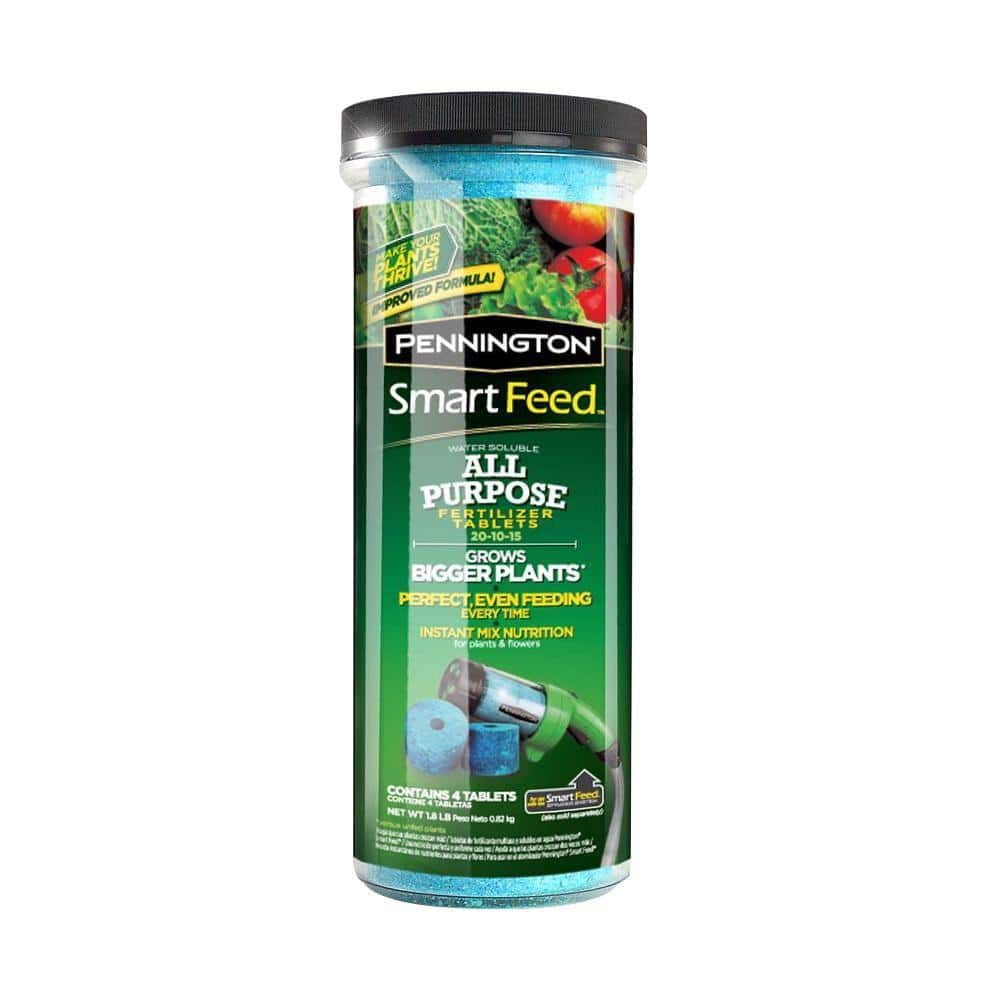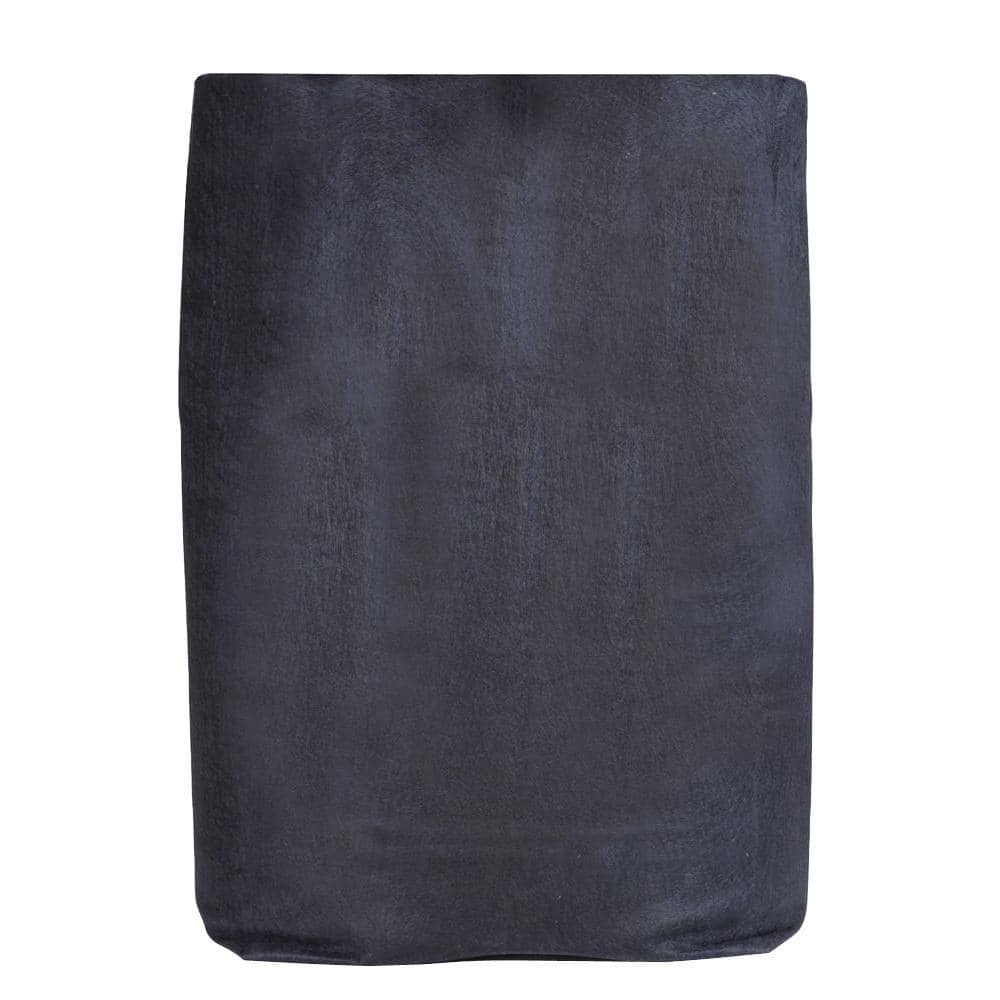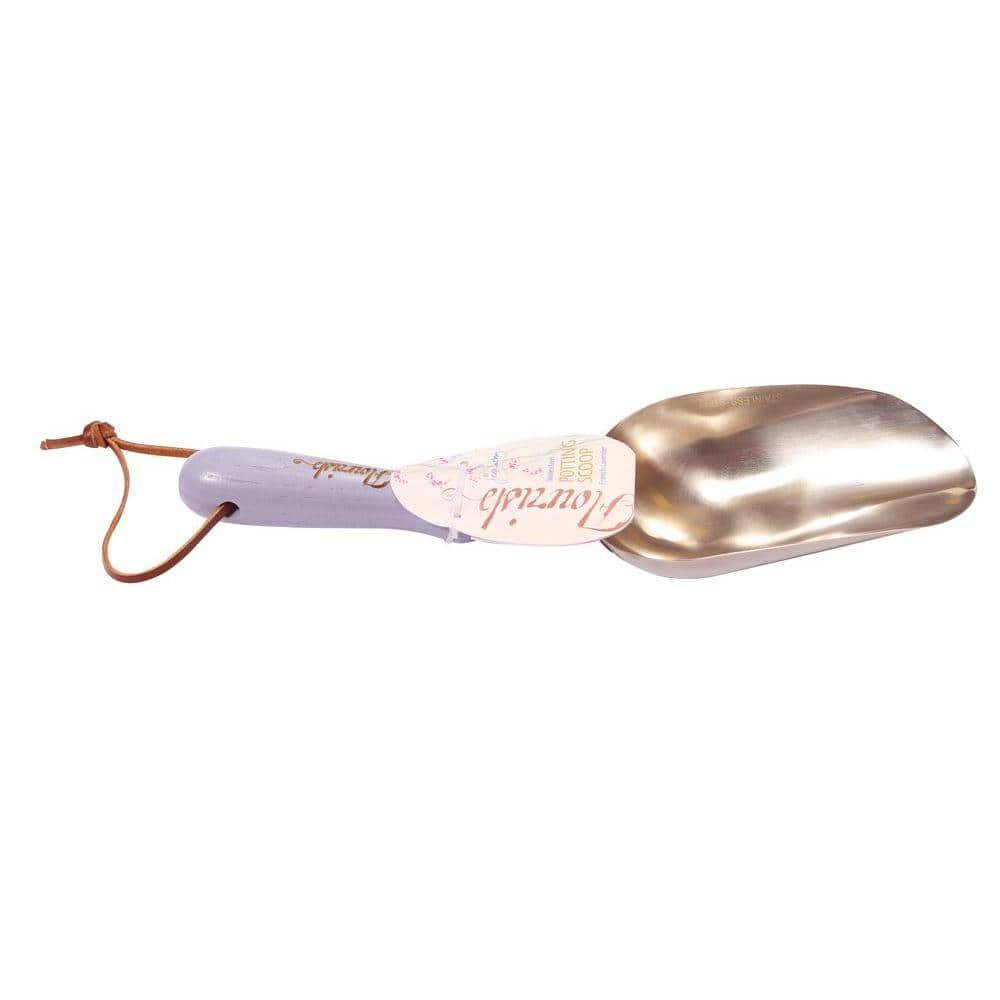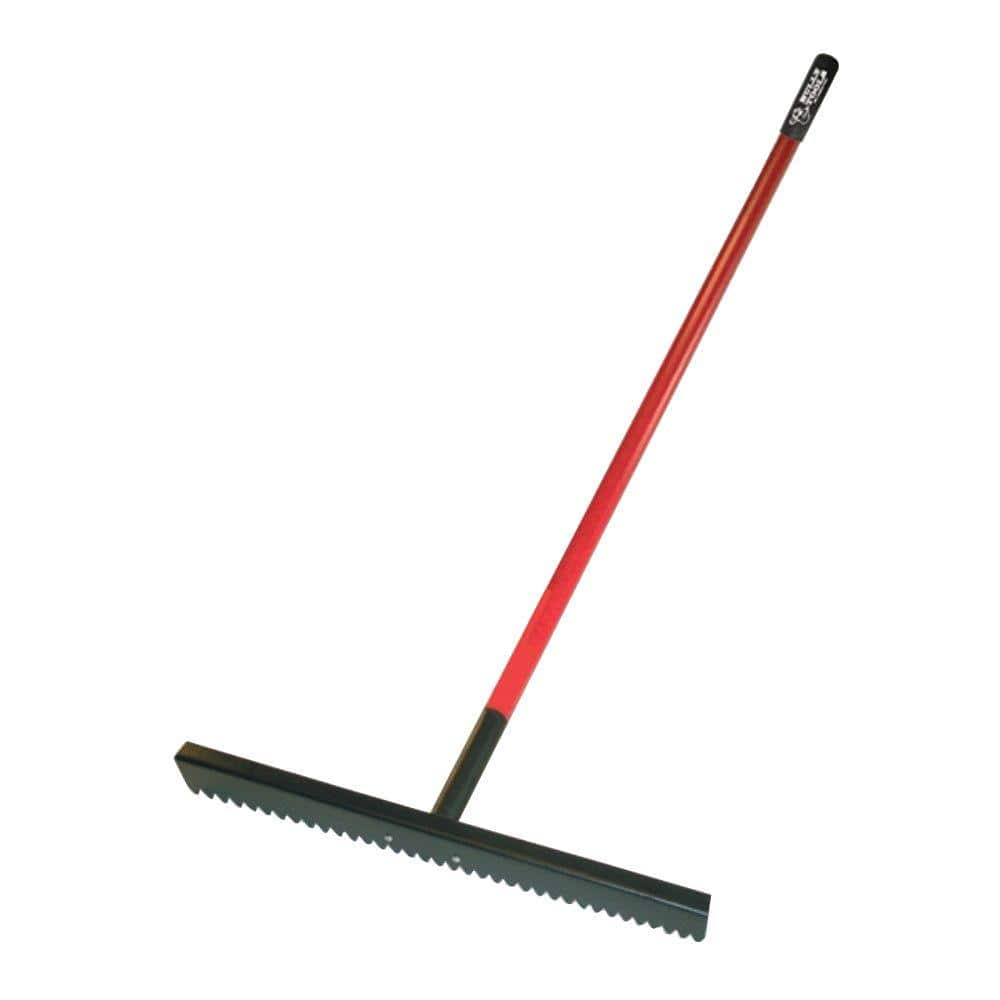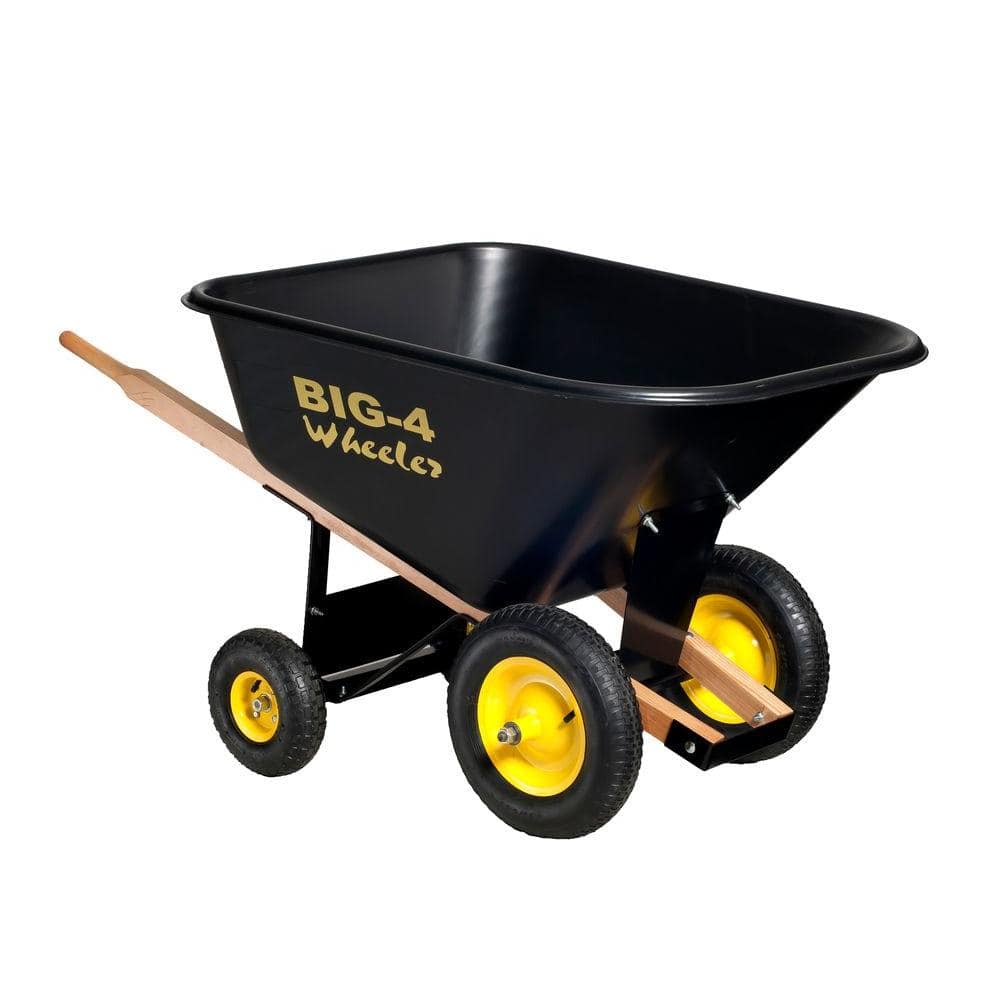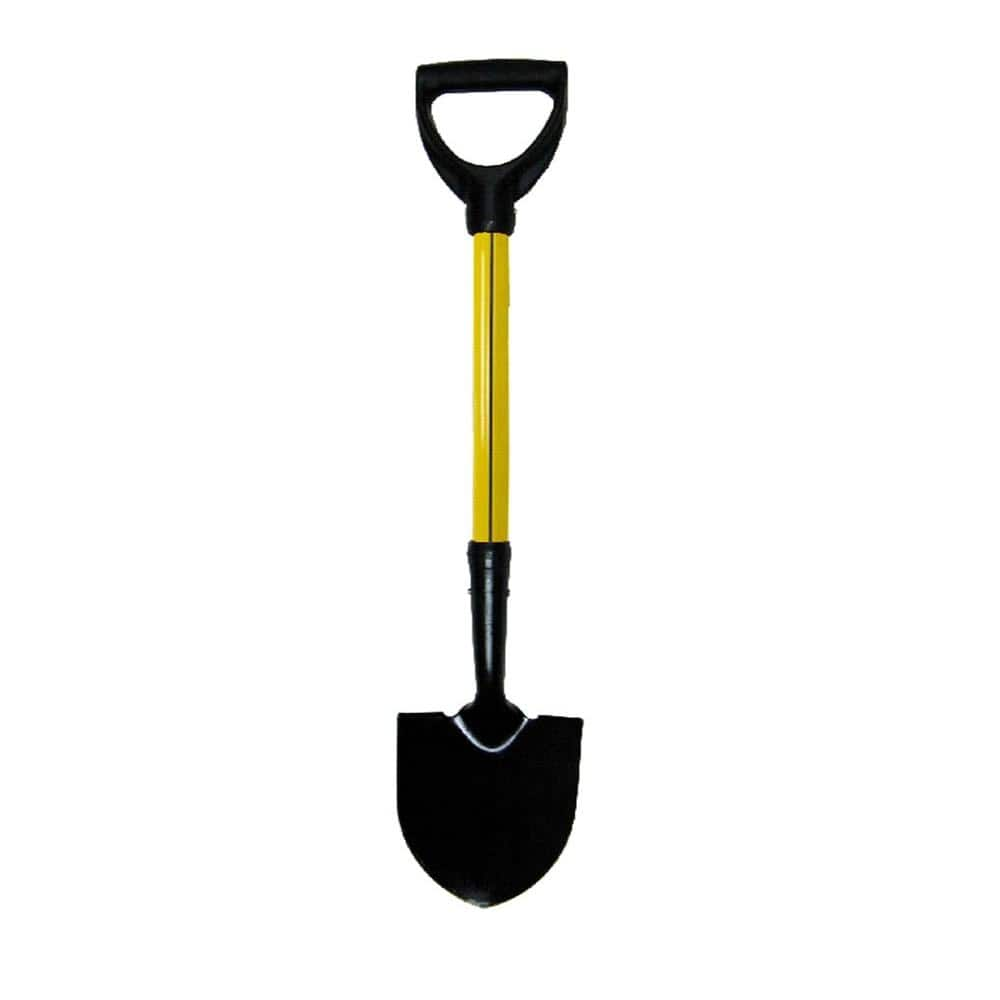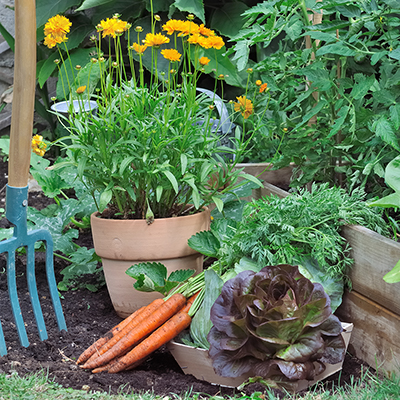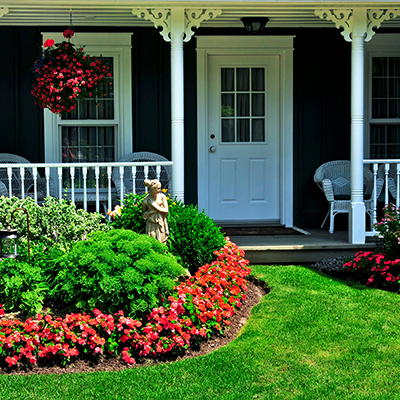How to Prepare Soil for a Garden

Last updated October 21, 2025
Maintaining healthy soil that’s rich in nutrients gives plants their very best start.
In this guide, learn how to start from the ground up to give plants exactly what they need.
Table of Contents
Conduct a Soil Test
Mix in Compost
Add Amendments
Fertilize Regularly
Add Mulch
Control Weeds
Conduct a Soil Test

There are different types of soil to consider when preparing your garden. Clay soil resists absorbing moisture and drains slowly. When rolled into a ball, it will hold its shape.
Sandy soil doesn't hold on to nutrients well and drains quickly. Silty soil has a slippery feel and holds onto moisure and nutrients longest.
Equal parts of sand, silt and clay make loam, the idea soil texture for healthy gardens. The easiest way to know what type of soil you have is to test it.
You can purchase a soil test kit or get one from your local Cooperative Extension Service.
A pH soil test measures how acidic or alkaline your soil is. If the pH is out of balance, plants won't absorb nutrients they need. Most plants grow best when the soil pH is slightly acidic and near-neutral, between 6.0 and 7.0. Some plants are exceptions. For example, blueberries and potatoes prefer acidic soil. Hydrangeas and lilacs prefer alkaline soil. Read online informationa and plant tags for specific soil pH recommendations.
Mix in Compost

Amending soil with compost brings life to the soil by adding nutrients, improving soil structure and helping retain water. When you add rich organic matter like compost, your garden responds with a bountiful harvest of nutrient-rich vegetables and fruit. The best time to make your soil richer is to add compost at the beginning of each growing season.
You can make your own compost from vegetable scraps and yard debris with a composter, or you can purchase bagged compost.
A good rule of thumb is to add an inch of compost to your garden beds each year. But don’t worry, it's difficult to add too much compost to your garden.
How much will you need? The following sizes cover the square footage an inch deep:
- 1 cubic foot bag – Covers 12 sq. ft.
- 1.5 cubic foot bag – Covers 18 sq. ft.
- 2 cubic foot bag – Covers 26.5 sq. ft.
- 3 cubic foot bag – Covers 36.5 sq. ft.
Add Amendments

Based on the results of your soil test, either increase the pH of very acidic soil using lime or use sulfur to lower pH. Mix or scratch amendments like finished compost directly into the dirt around the plants’ root zones. Learn more about amending problem soils.
Tips for amending soil with compost:
- If it’s a new bed or your soil is compact and hard, work the compost into the soil with a rake or cultivator before planting.
- Side dress fruit trees and shrubs by gently shaking a shovelful of compost around the “drip” area of a plant, or where rain or moisture naturally drip from the plant’s leaves. There is no need to work the side dressing into the soil.
Fertilize Regularly

Use an organic fertilizer specific to the plants in your garden to boost nutrition and increase the harvest. Fertilizers come in many varieties, from liquid to granular, so choose one best suited to your needs.
If you're growing vegetables, look for organic and slow-release fertilizers. Follow package instructions to know when and how often to fertilize.
Add Mulch

A 2 to 3-inch layer of mulch moderates soil temperature, prevents soil compaction and stops weeds. Add organic mulch around edible plants to keep moisture in, block weeds and provide added nutrients.
Remember to never volcano your mulch around the base of your plants. Not sure how much mulch you’ll need? Estimate it with our mulch and soil calculator.
Control Weeds

Weeds not only look unsightly, but they also rob nearby plants of water and nutrients. Pull them by their roots or smother them using layers of mulch.
Tip: To smother weeeds, try the lasagna method of alternating layers of cardboard, soil and mulch. Over time, this will suppress weed growth in your garden beds.
Taking time to properly prepare your garden soil pays off with healthy plants that produce more blooms and fruit, as well as withstand pests and diseases. Find products fast with image search in The Home Depot Mobile App. Snap a picture of an item you like and we'll show you similar products.

